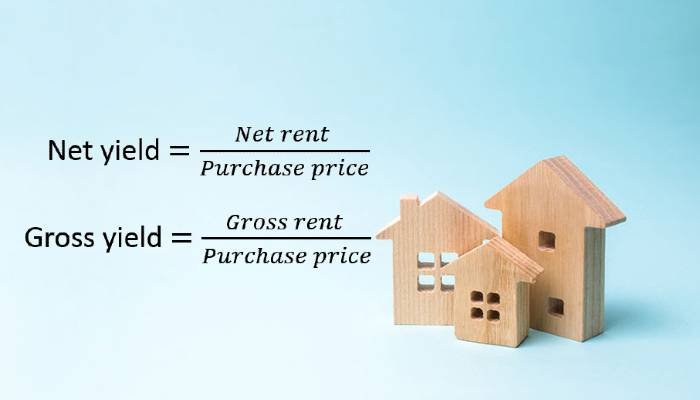Every property investor’s should want to own a property that has a strong rental return , has big capital growth potential, and require low maintenance. Yields and return Calculations
With the slowing down of capital growth in property investments, investors will return to focusing on cash flow and will need to calculate yields.
Especially with commercial property, investors like to compare competing investments using yields.
Do you know the difference between gross rent, net rent, gross yields and net yields?
Gross rent is the total rental income the tenant pays you.
Net rent is what is left over after deducting your operating expenses (rates, insurance, body corporate levies, property management fee, letting fee). Operating expenses are expenses that relate to running and maintaining the property. You don’t subtract interest expenses or mortgage payments because that is not an operating expense. Interest and mortgage payments relate to capital structure and your financing decision and does not impact the property operations.

How To Calculate Gross Yield
To calculate gross yield, you take the gross rent and divide it by the purchase price. An example: If the gross rent was $30,000 and the purchase price was $600,000, then the gross yield is $30,000/600,000 = 0.05 = 5%
To calculate net yield, you take the net rent and divide it by the purchase price. An example: if the gross rent was $30,000 operating expenses came to $6000, then the net rent would be $30,000 – $6,000 = $24,000. Assuming a purchase price of $600,000, the net yield would be $24,000/$600,000 = 4%.
But remember Yields only tell half the story. On average, Yields are higher in less expensive areas. But the higher yield usually compensates for higher maintenance properties and lesser potential for capital growth.